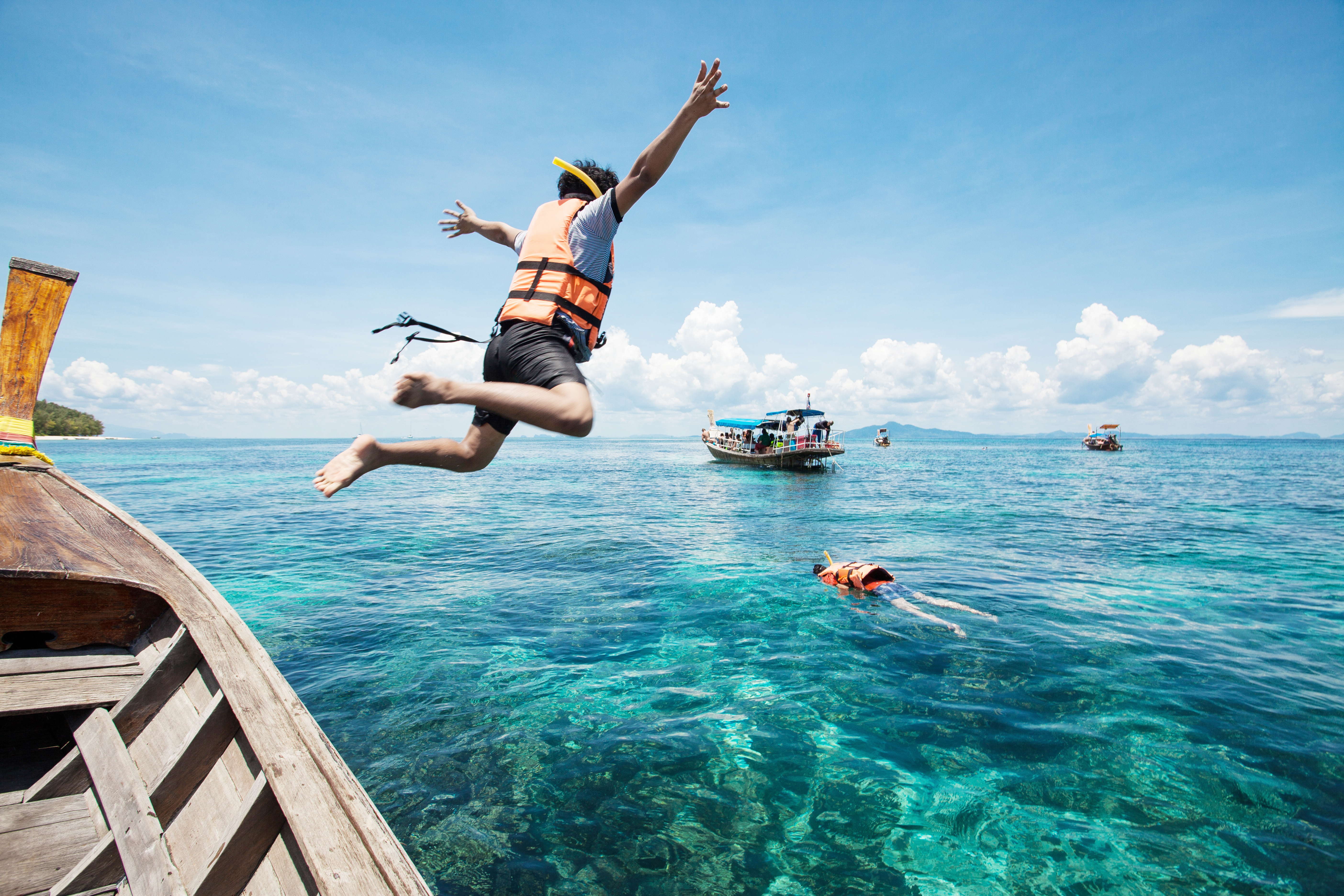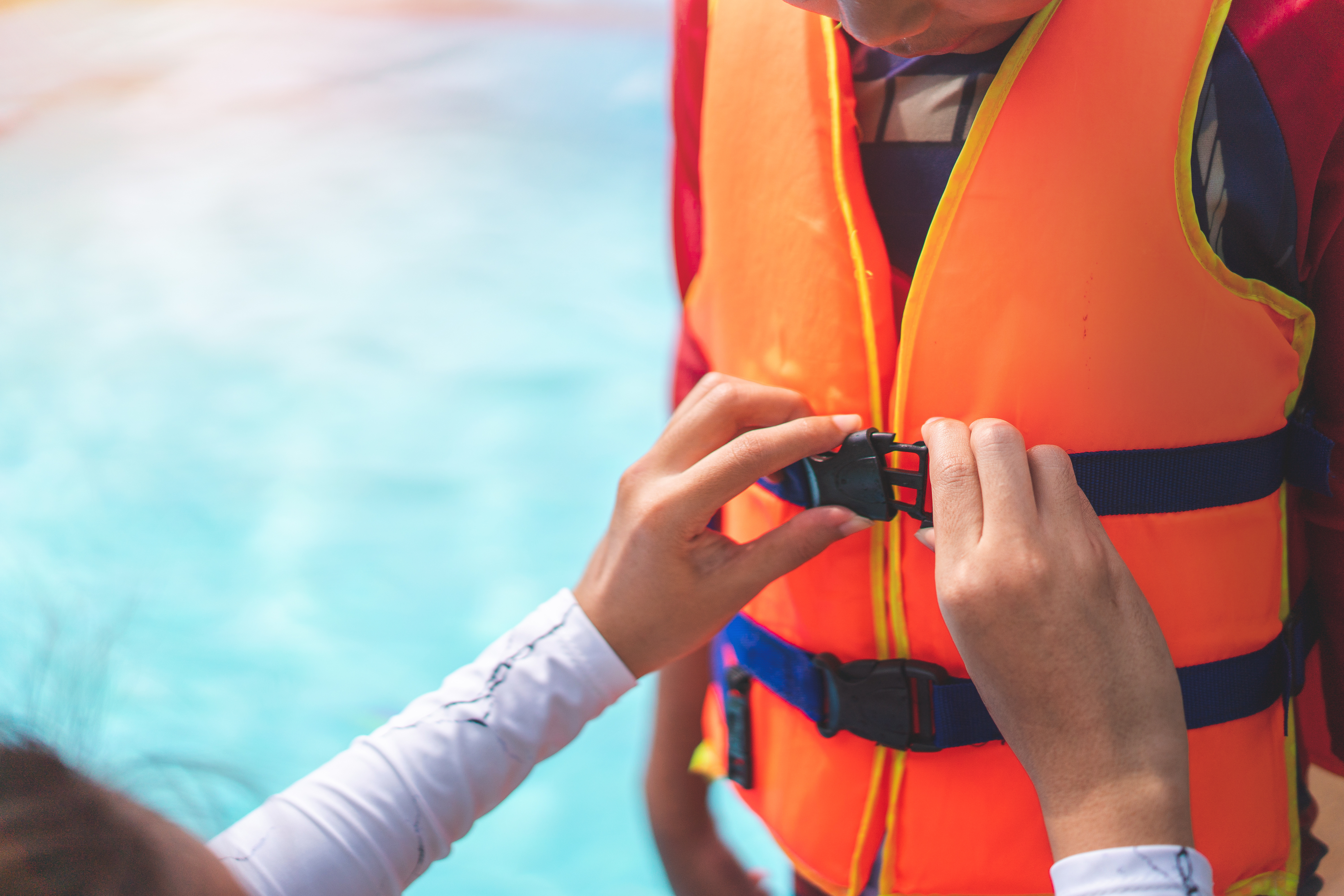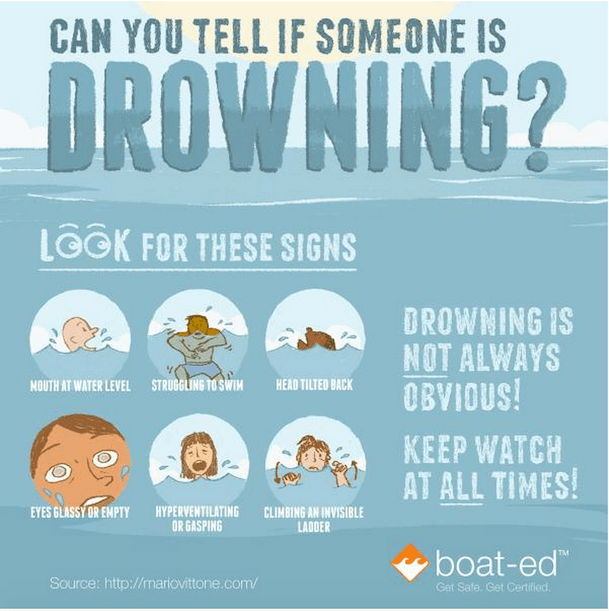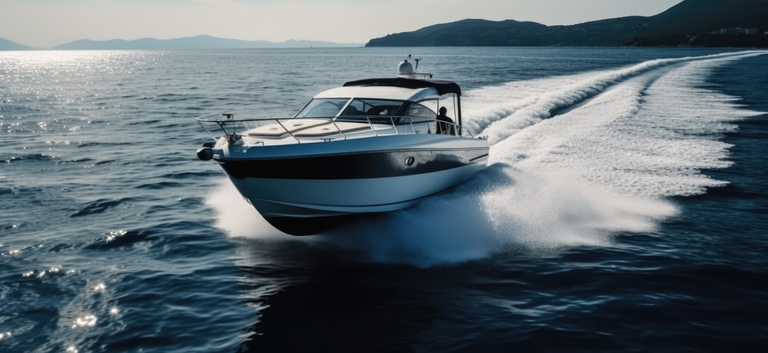Drowning Prevention: The Common Causes of Drowning

According to the U.S. Coast Guard, 445 people drowned in boating-related incidents in 2022. That's more than one person for every day of the year!
A number of these deaths could have been prevented by taking proper safety precautions like wearing a life jacket, sailing sober, and taking a boating education course.
What's the first step toward very drowning prevention? Recognizing the causes helps boaters avoid drowning. So, here's a list of common (and avoidable) causes of drowning and solutions to help you stay safe on the water.
Weak (or Non-existent) Swimming Skills
Do you lack swimming skills? Learning strong swimming skills before heading out onto the water is always a good idea. You never know what could happen!
Being able to swim relatively well can help you avoid drowning. Whether you fall overboard and need to stay afloat until your crew can pull you out of the water or jump into the water for a swim and get back to the boat before you get tired, knowing how to swim can save your life.
Many adults don't know how to swim, so don't be embarrassed if you never took swim lessons as a kid. It's never too late to learn! Before boating season arrives, you (and your kids) can take formal swimming lessons from organizations like the American Red Cross or your local YMCA.

Failure to Wear a Life Jacket
Did you know 83% of boat accident victims weren't wearing a life jacket?
While this topic is covered extensively in an approved boater safety course, you don't need a class to understand the difference wearing a lifejacket can make in saving your life.
Even if you are a strong swimmer (or don't think it looks "cool"), err on the side of caution and always wear your life jacket – and make sure others on the boat wear one, too. This simple thing can help prevent drowning.
Swimming in Unsupervised Areas
Are you going swimming? Make sure you're in a location where someone can keep an eye on you.
That "someone" could be a parent, lifeguard, a friend, or just the general public. Whether you're swimming beside the boat or off the dock or shore, make sure others know where you're swimming and can see you.
Additionally, if you see signs warning that an area is not for swimming, pay attention to those signs and swim somewhere else. Those signs are warning of swimming dangers for a reason!
A Lack of Separation Barrier
Safe pools have a physical barrier around them to prevent access, specifically by small children. This includes fencing with gates, locks, and latches.
However, many home pools lack proper fencing or barriers to keep people from falling in the water and suffering injuries. If you're boating on a lake or in the ocean, your boat needs proper railings to keep kids (or people who aren't paying attention) from stepping off the boat and falling into the water unexpectedly.
Besides a barrier, additional safety items can prevent pool drownings, like alarms, pool safety covers, water safety equipment, and an easily accessible phone for emergencies.

Not Recognizing What a Drowning Victim Looks Like
How can you tell when splashing in the water turns from "fun" to indicating someone is in trouble? What if you don't see any splashing?
Drowning in movies is usually a huge spectacle with lots of flailing and splashing around, but in reality it isn't always so obvious. In addition to seeing someone struggling to swim, look out for more subtle signs like glassy eyes and a tilted-back head to determine if someone is drowning or struggling to stay above water.
Use of Alcohol and Drugs
Both alcohol and drugs impair your balance, vision, and judgment – three senses you'll definitely need when boating, especially if you happen to fall overboard.
When boating, it's best to leave the alcoholic drinks on land. However, if you have been drinking on the boat, never operate the boat.
Remember: BUI laws exist just like DUI laws. Not only can you face severe penalties for drinking while operating a boat, but you can also cause severe harm to yourself, your passengers, or other boaters.
A Lack of Boating Education and Skills
In most states, you must have a boating education card to operate a boat. Not only is it a legal requirement, but the knowledge gained will help keep you safe in emergencies.
A NASBLA-approved boating course is the best way to stay safe on the water every season. Whether it's mid-season (and you just realized you need a certification to drive a boat) or you're planning ahead for your next boat outing, take a safety course. You never know when the knowledge you gain through a Boat-Ed course can save a life!
Boat-Ed Helps Boaters Avoid Drowning
If you want to learn more about drowning prevention and other crucial safety aspects of operating a boat (or you simply need to get certified before taking your boat out again), Boat-Ed can help! Our courses are all online, and you can take your exam online, too.
Find the approved course for your state, then help keep yourself and others safe on the water this season.
Originally published May 18, 2015. Content updated December 14, 2023.

